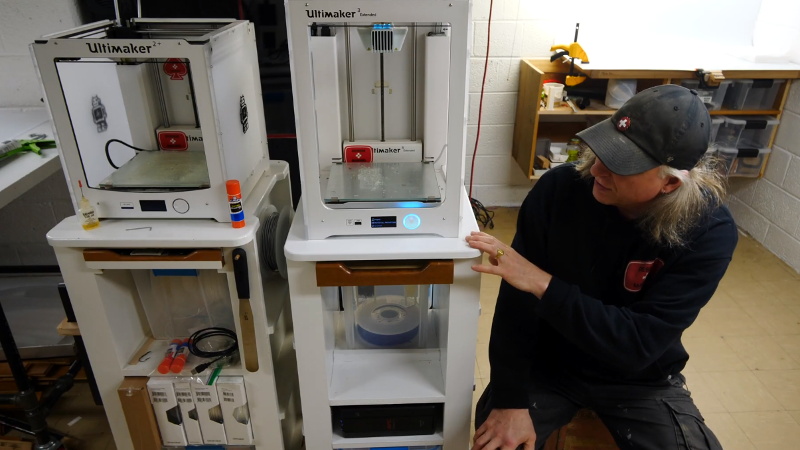Hackaday, along with Ultimaker and New Lab, are hosting an extravaganza of super hacks and more in New York next week. Grab a project you’re working on and join us on Wednesday, February 28 in Brooklyn.
This is all about showcasing the coolest, newest stuff being worked on by makers, hackers, artists, and engineers. Get ready to talk hardware, stare into far too many LEDs, and enjoy drinks and camaraderie. The event is being hosted by New Lab, and we’re teaming up with Ultimaker to bring you a night of fun and solder fumes. We have great speakers lined up, …read more
Continue reading Next Week: Bring-A-Hack In NYC→

